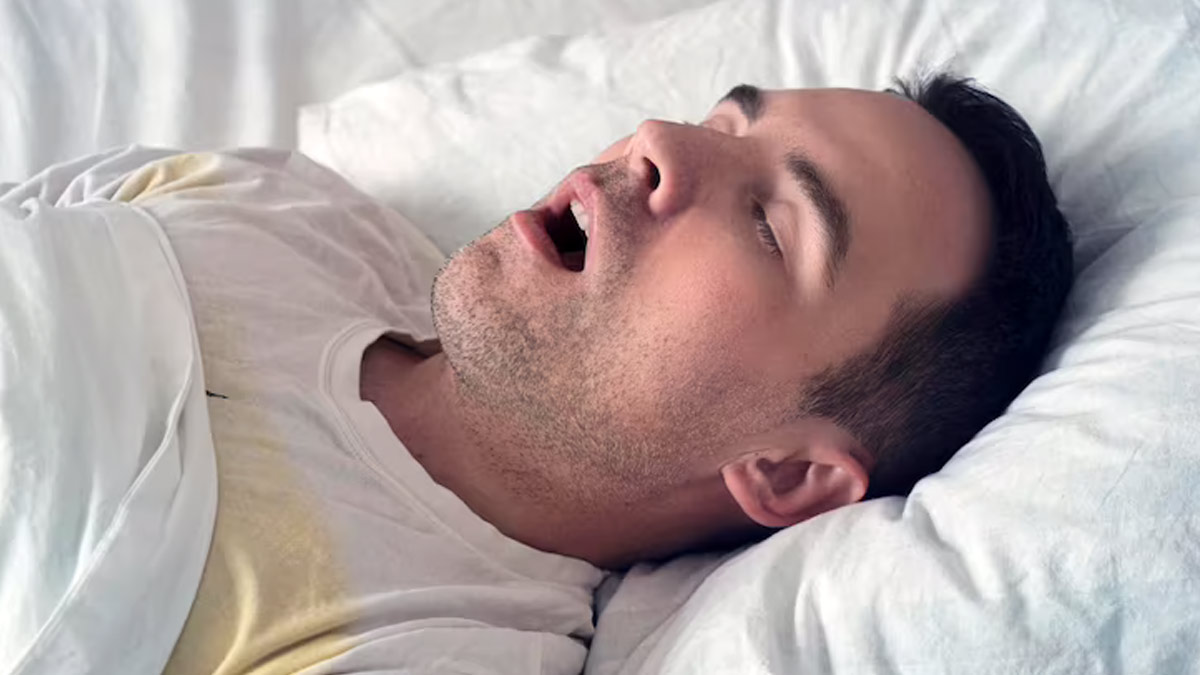
Obstructive Sleep Apnea (OSA) is a prevalent issue affecting millions of individuals throughout the world. People with OSA may experience poor sleep quality, daytime fatigue, mood swings, and other health problems. But can you treat this condition to live a better life? To know more about it, we talked to Dr Viswesvaran Balasubramanian, Consultant, Interventional Pulmonology and Sleep Medicine, Yashoda Hospitals, Hyderabad.
Table of Content:-
How Obstructive Sleep Apnoea Happens
According to Dr Balasubramanian, OSA is a clinical condition where the airway becomes partially or completely blocked during sleep, causing breathing difficulties and interrupted sleep.
It occurs when the muscles in the back of the throat fail to keep the airway open during sleep, leading to intermittent breathing pauses or shallow breathing. These breathing pauses can last from a few seconds to a minute or longer, and can occur up to hundreds of times a night. As a result, people with OSA may experience poor sleep quality, daytime fatigue, mood swings, and other health problems.

Also Read: Why Is Sleep Apnoea Known As A Silent Killer?
Obstructive Sleep Apnoea Treatment
Untreated OSA can lead to a range of health problems, including high blood pressure, heart disease, stroke, and diabetes. It can also increase the risk of accidents due to daytime fatigue. The severity of OSA can vary widely. In mild conditions, lifestyle adjustments can help relieve symptoms, while in more severe, medical care may be required.
Lifestyle Changes
Losing weight, for example, can help reduce the amount of fat in the throat and improve breathing during sleep. Avoiding alcohol and sedatives before bedtime can also help, as these substances can relax the throat muscles and make breathing more difficult. Changing sleep position can also make a difference, as sleeping on your side rather than your back can help prevent the tongue and soft palate from collapsing and blocking the airway, said Dr Balasubramanian.
Using CPAP Device

However, for many people with moderate to severe OSA, Continuous Positive Airway Pressure (CPAP) remains the cornerstone of the treatment process. A CPAP machine delivers a constant stream of air pressure through a mask worn over the nose and mouth, said Dr Balasubramanian. This air pressure helps keep the airway open and prevents breathing pauses during sleep. CPAP is highly effective, but some people may find the mask uncomfortable or difficult to adjust to. It takes time and some getting used to it.
Also Read: To Treat Sleep Apnoea, First Reduce Fat From Your Tongue: Study
Using Oral Appliances
Certain oral appliances may also be used to treat OSA, which are custom-made devices that fit over the teeth. They help keep the airway open by repositioning the jaw and tongue during sleep. They are typically recommended for people with mild to moderate OSA who cannot tolerate CPAP or who prefer a more natural approach.
Surgery
Surgery may be recommended in some circumstances. This may involve removing the excess tissue from the throat, repositioning the jaw, or correcting structural abnormalities that contribute to OSA. Surgery is usually only recommended for people with severe OSA who have not responded to other treatments.
Conclusion
By seeking treatment for OSA, you can improve your sleep quality, reduce your risk of complications, and enjoy better overall health. It is important to consult with a doctor to determine the most appropriate treatment plan for your specific case of OSA. Your doctor may recommend a sleep study to diagnose the condition and determine its severity. They can then work with you to develop a treatment plan that addresses your specific needs and preferences.
Image Credits: freepik
Also watch this video
How we keep this article up to date:
We work with experts and keep a close eye on the latest in health and wellness. Whenever there is a new research or helpful information, we update our articles with accurate and useful advice.
Current Version